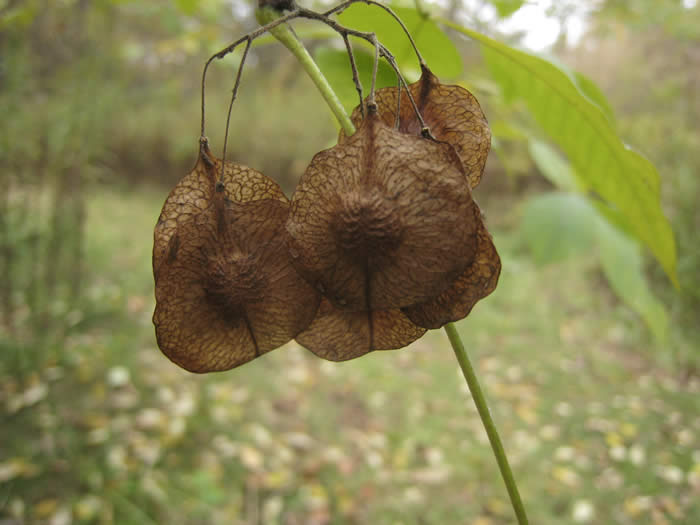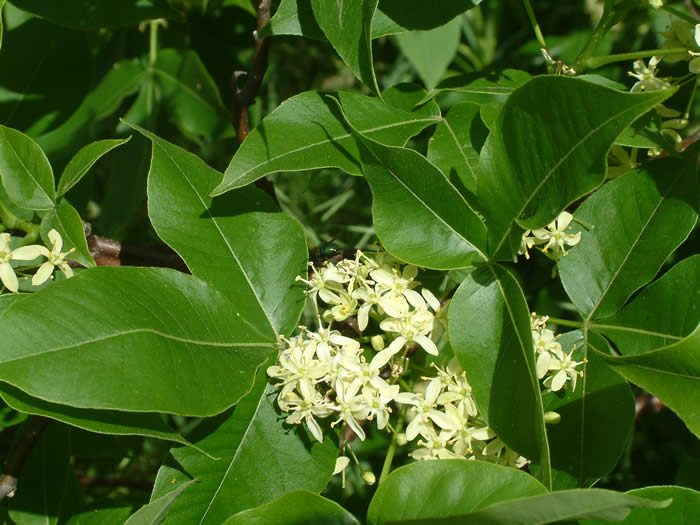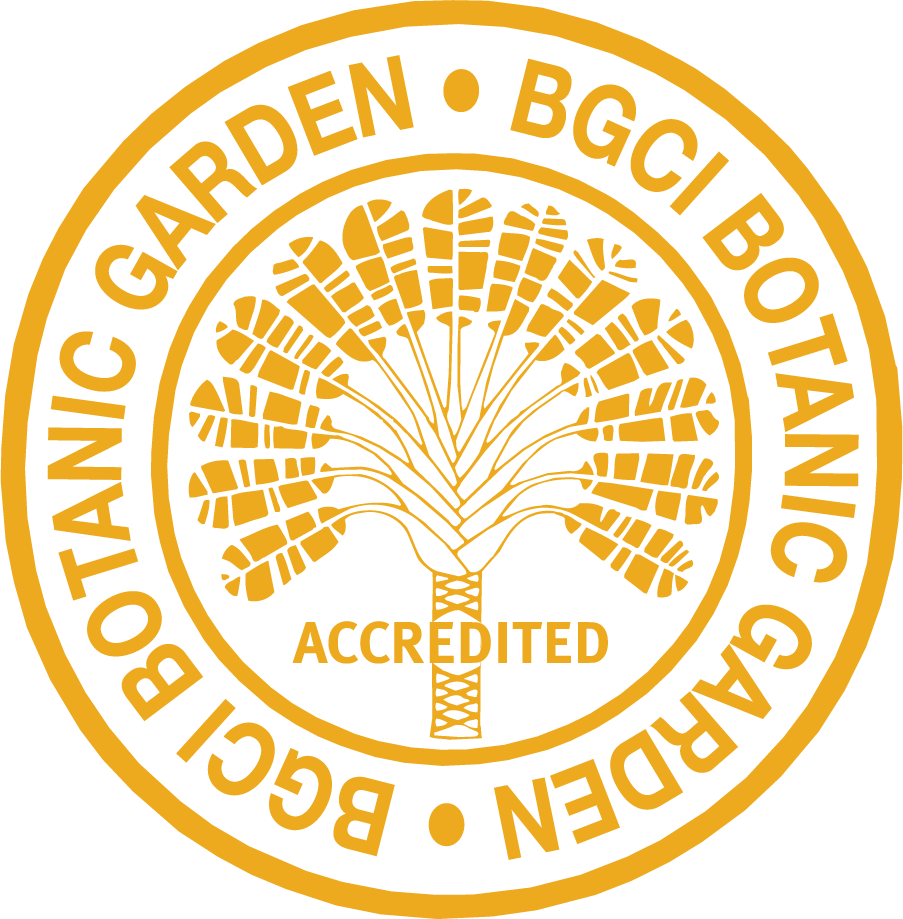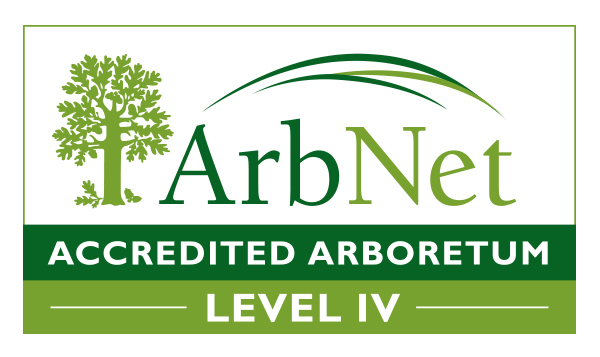The specific name trifoliata refers to the alternate, compound leaves of the Hop-tree, which are divided into 3 distinct leaflets. The fruits of the Hop-Tree are encased in small, papery samaras, and persist throughout the winter. Hop-Tree seeds are very bitter and are avoided by most wildlife, but they have been used as a replacement for hops in beer production. Hop-Trees are pollinated by flies, and their greenish flowers give off a pungent rotten-meat odour in the spring. Rare in Ontario to begin with, Hop-Trees are threatened nationally, due mostly to the destruction of habitat. Hop-Trees grow along sandy beaches and wood edges, and populations are in decline due to beach-raking, cottage construction, and general shore-line development. Hop-Trees provide important habitat for many birds, and play host to Giant Swallowtail caterpillars.

The large, dense clusters of bitter-tasting fruit that are encased in a veined wing are avoided by most birds, but still provide feasts for many hungry squirrels all winter long. Photo by Sean Fox.

Hop-Trees are often tall shrubs, and have slender, branching trunks and shiny, reddish bark. Conspicuous lenticels are present throughout the Hop Tree’s life. Photo by Sean Fox.

The alternate, compound leaves are a glossy dark green, and divided into 3 leaflets. The leaves are wedge shaped and exhibit a citrus odour when crushed or bruised. Photo by Sean Fox.

These small greenish-white flowers are located in clusters at the shoot tip. Photo by Chris Earley.

Ontario Tree Atlas map of non-planted Hop Tree. 1995-1999.
Return to tree listing page [1]
References
Farrar, J.L.. 1995. Trees in Canada. Fitzhenry & Whiteside Ltd. Toronto. ON. 504 pp.
Kershaw, L. 2001. Trees in Ontario: Including tall shrubs. Lone Pine Publishing. Edmonton. AB. 240 pp
Muma, W. 2011. Ontario Trees and Shrubs. [Online] Available: www.ontariotrees.com
OMNR, 2011. Ontario Ministry of Natural Resources: Ontario Tree Atlas. [Online] Available: http://www.mnr.gov.on.ca/en/Business/ClimateChange/2ColumnSubPage/267027.html
OMNR, 2008. Ontario’s Biodiversity: Species at Risk.

